Superheroes are famously resilient beings, but there’s one thing that none of them are impervious to: outdated references appearing in their big screen adventures. Sure, a guy like Superman might be able to move faster than a speeding bullet – but that’s nothing compared to how quickly comic book movies start to look dated post-release.What causes superhero movies to age so quickly? It could be that the filmmakers were trying to be super savvy by paying lip service to a contemporary pop culture fad that’s long since passed.
Or maybe they decided to explicitly address real-world themes that now seem quaint. And then there’s references to technology, which can seem laughable less than a decade after being considered cutting edge. Whatever the cause, the end result is always the same: embarrassing, out-of-date moments that leave modern audiences shaking their heads in awkward dismay.
Iron Man’s MySpace Ban
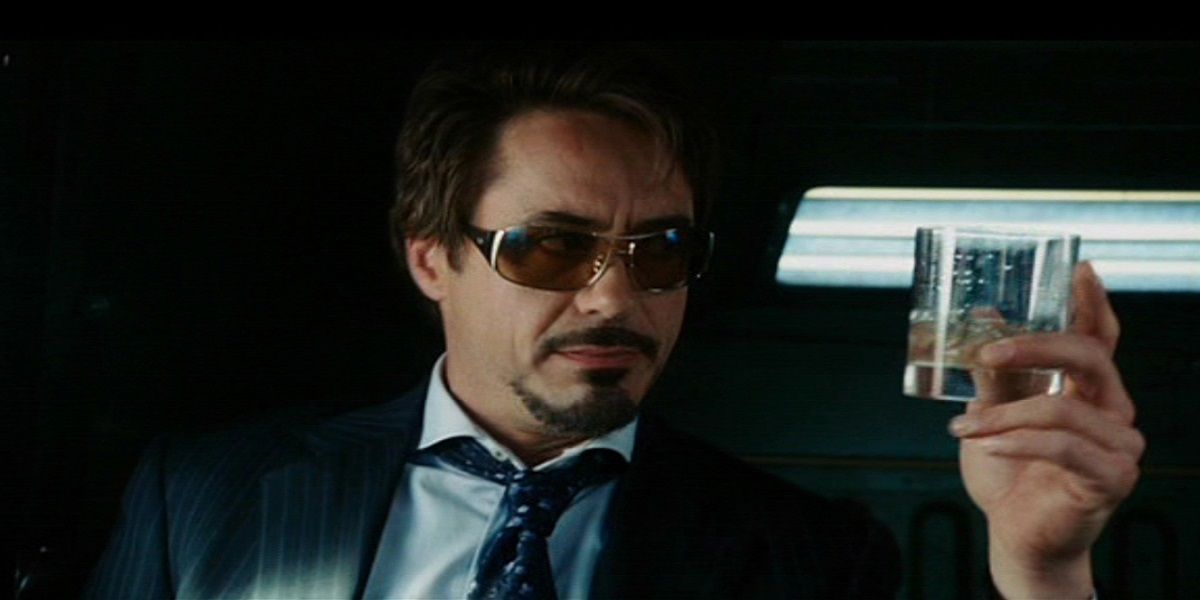
Despite being one of the more senior figures in the Marvel Cinematic Universe, Tony Stark also happens to be one of the more “on-trend” superheroes getting around. That makes it all the more cringeworthy when Tony playfully forbids his military escort from posting selfies with him on MySpace in Iron Man.
Sure, that social network was big back in 2008 when Jon Favreau’s flick launched the MCU – but within the year, it had been overtaken by Facebook, and is now pretty much obsolete. It makes you wonder what other, more recent pop culture references in the MCU will wind up aging badly (our money is on Thor playing Fortnite in Avengers: Endgame).
Batman Likens The Bat-Signal To A Beeper
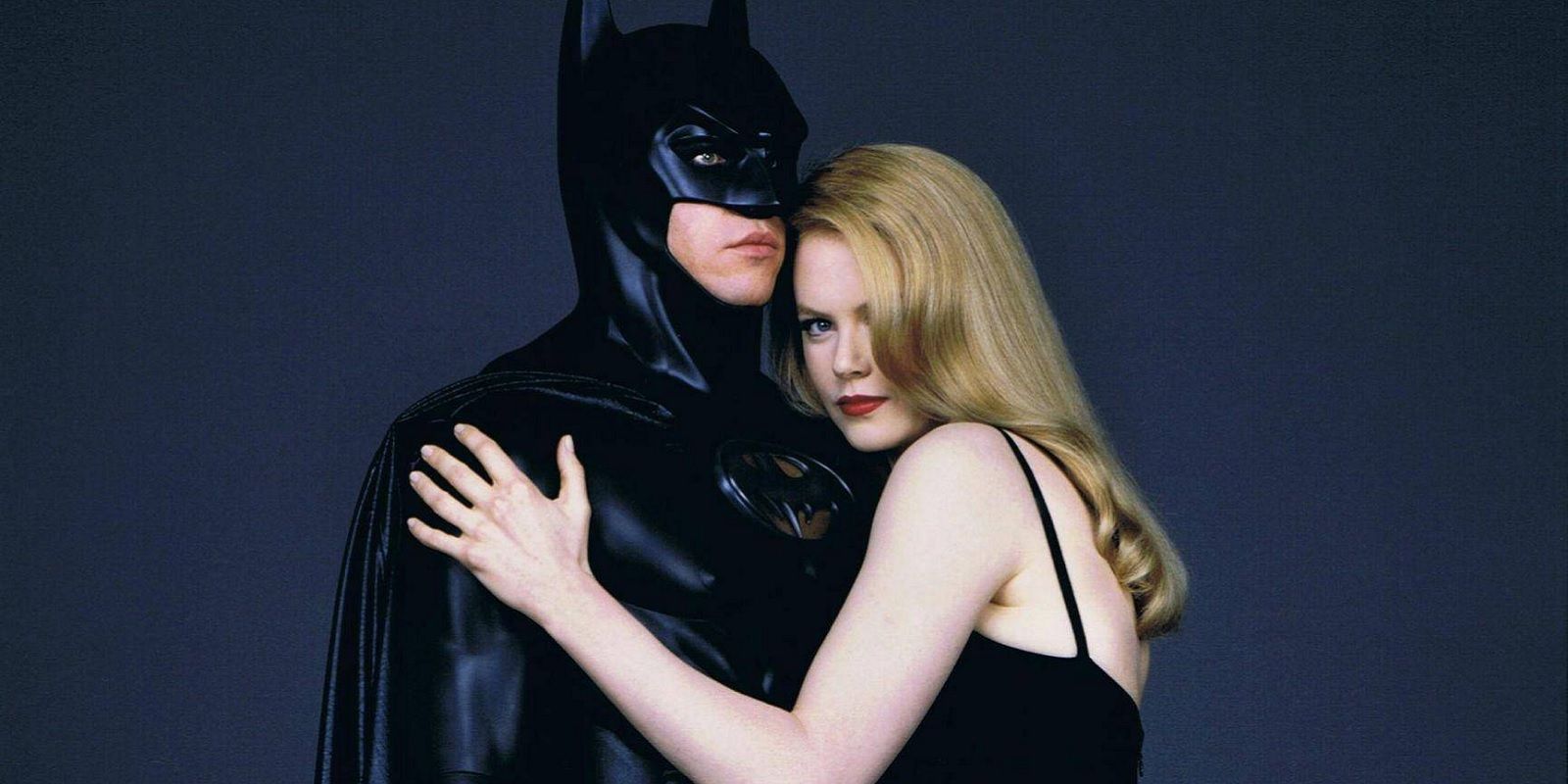
Released in 1995, Joel Schumacher’s Batman Forever is essentially a throwback to the campy 1966 TV series starring Adam West – so in that sense, it’s kinda impossible for it to seem dated. At the same time, there are still several scenes that brand the movie with a less-than-flattering mid-90s timestamp.
Of these, perhaps the worst comes when Chase Meridian uses the Bat-Signal to summon Batman for a romantic rooftop rendezvous, only for the Dark Knight to chide her for using the legendary prop so frivolously. “The Bat-Signal is not a beeper,” he growls – immediately confusing any viewers born after 2001.
Johnny Blaze’s World Record-Setting Jump
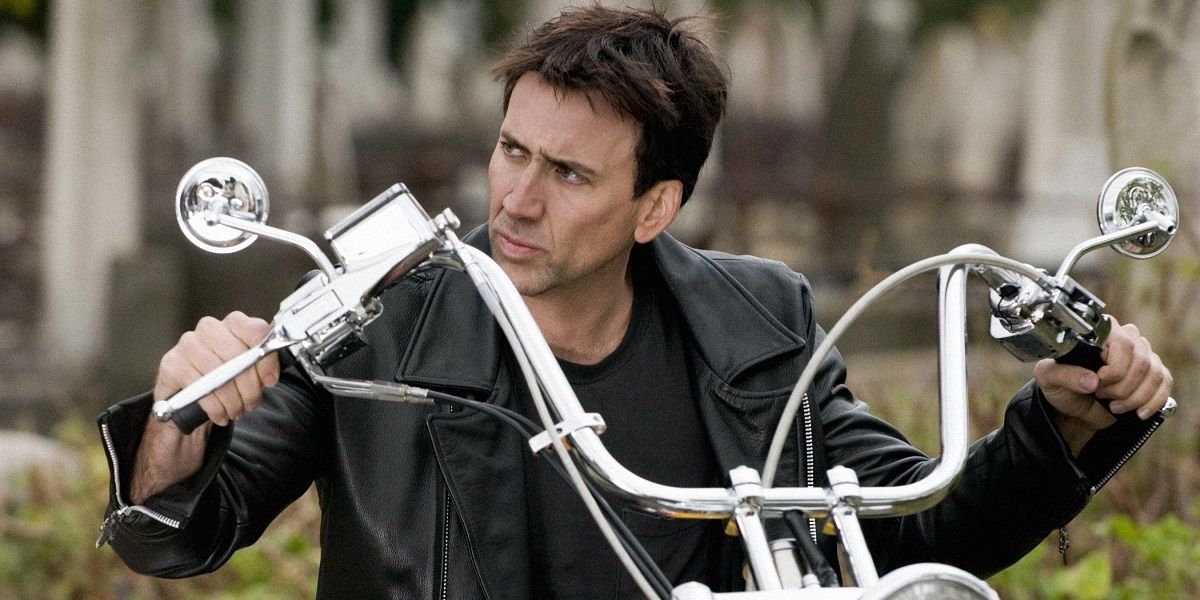
Full disclosure: only motorcycle stunt enthusiasts are likely to have twigged something is a bit dated during Johnny Blaze’s world record-setting stunt early on in Ghost Rider. That’s because everyone else probably isn’t privy to the knowledge that our hero’s “goalpost-to-goalpost”-length jump has since been successfully performed by real-life stunt rider Robbie Maddison.
True, Blaze would have garnered international recognition in 2007 (when the movie is ostensibly set), and Maddison didn’t try to clear a whole squadron of helicopters, either. But even so, by basing this set piece around an achievable sporting milestone, writer-director Mark Steven Johnson was ensuring it would eventually age poorly.
The Bat CD Player
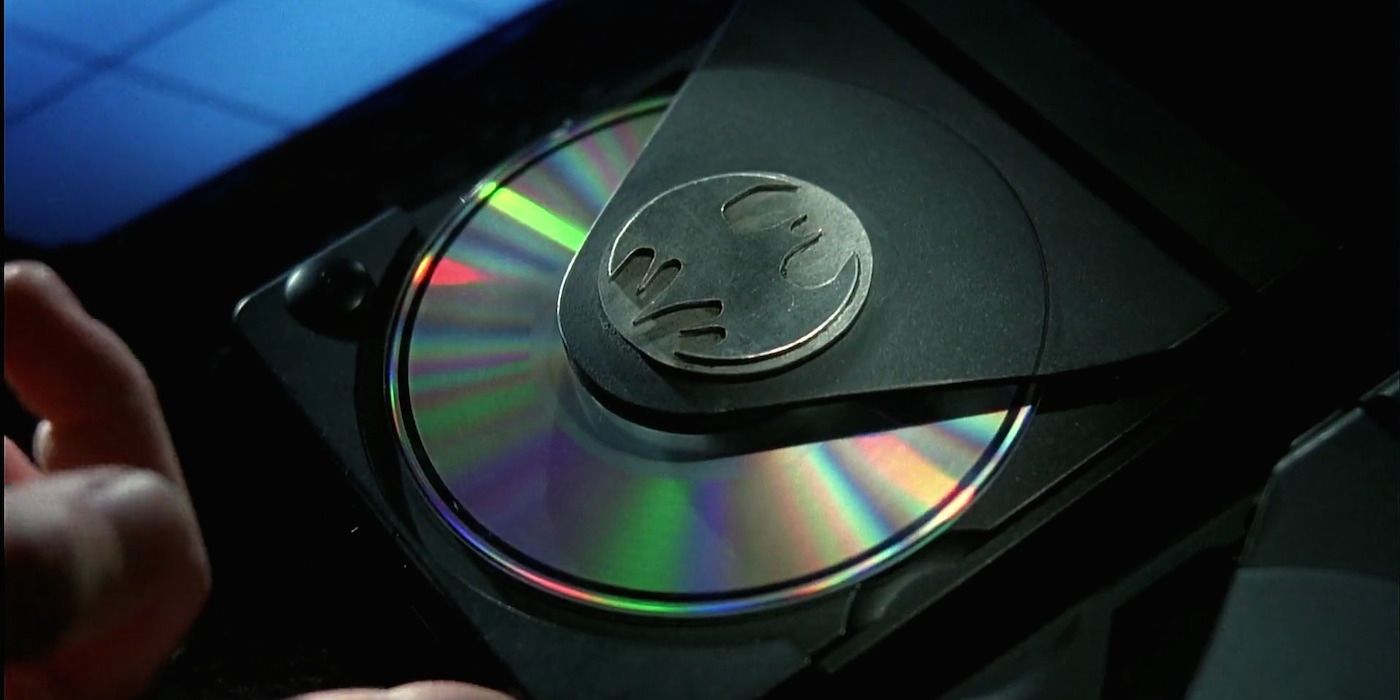
Batman is famed for his high-tech arsenal of weapons and gadgets – so how come the Batcave is rocking a CD player in Batman Returns? Of course, the obvious answer is that the humble compact disc represented the height of audio playback hardware in 1992.
In fairness, the “Bat CD Player” (as we like to call it) allows the Caped Crusader to record data as well as replay it – functionality that wouldn’t become widely available (or affordable) until several years later. Nevertheless, watching Batman bring the Penguin down using physical media is enough to elicit a chuckle today (the less said about the way he starts scratching the disc like it’s vinyl, the better, though…).
The World Trade Center Appears During The X-Men’s Battle Prep
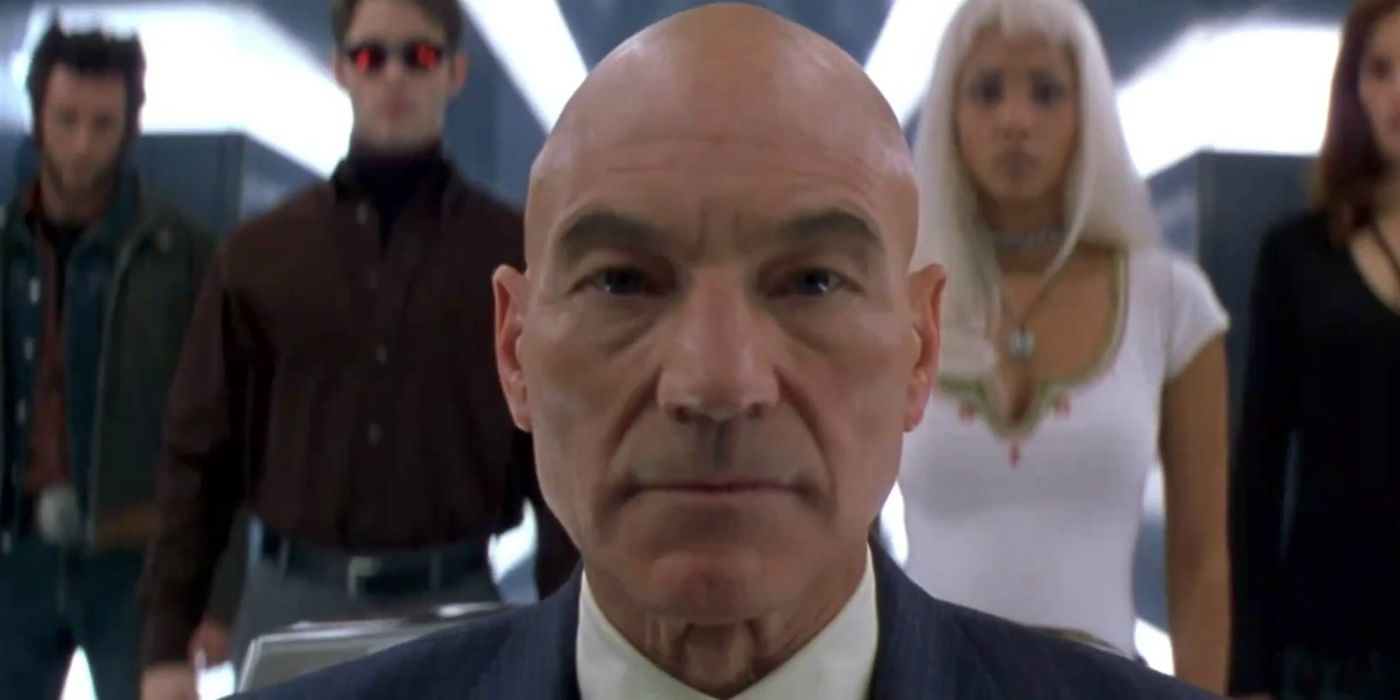
To be totally honest, it’s a little unfair to single out X-Men for featuring the World Trade Center in the New York City skyline during the mission briefing scene. After all, plenty of other movies released prior to 9/11 – including other comic book flicks, like Superman II – contain shots of this NYC landmark before the tragic events of that day.
But the reason why we’ve chosen to single out Bryan Singer’s movie is simple: it’s supposed to be set in the not-too-distant future. Presumably, this places the events depicted in X-Men several years after its 2000 release date – which makes the Twin Towers inclusion stand out even more than usual.
Stan Lee Is Mistaken For Hugh Hefner
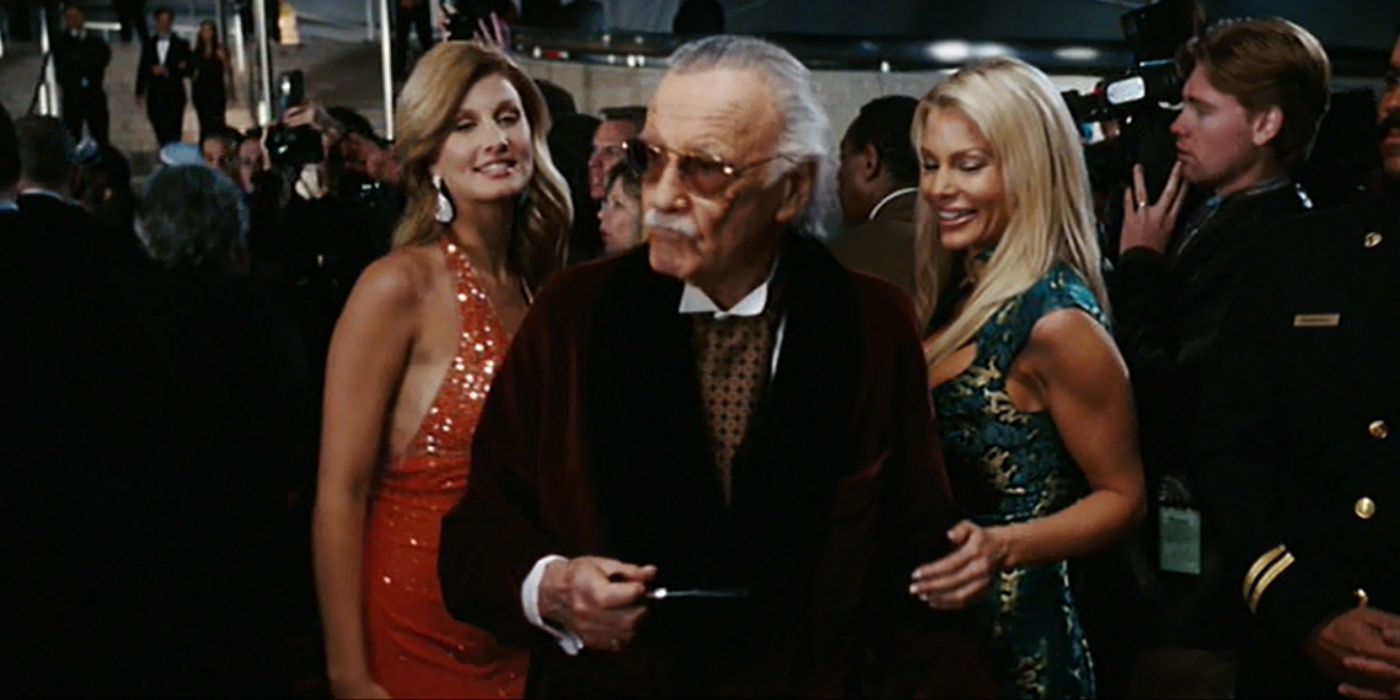
Before Playboy founder Hugh Hefner made his name (and his fortune) by publishing adult magazines, he dreamed of becoming a comic book creator. So when Tony Stark mistakes Marvel Comics co-architect Stan Lee for Hefner in Iron Man, it’s a nice nod to Hef’s unrealized early ambitions.
Sadly, both Lee and Hefner are no longer with us, although Stan the Man’s legacy is unlikely to be lost on future generations, thanks to his numerous big screen cameos. Unfortunately, Hefner never built up the same cinematic presence as Lee did, and the sad reality is that this gag will likely go over the collective head of the next generation of viewers.
Superman’s Cold War Antics
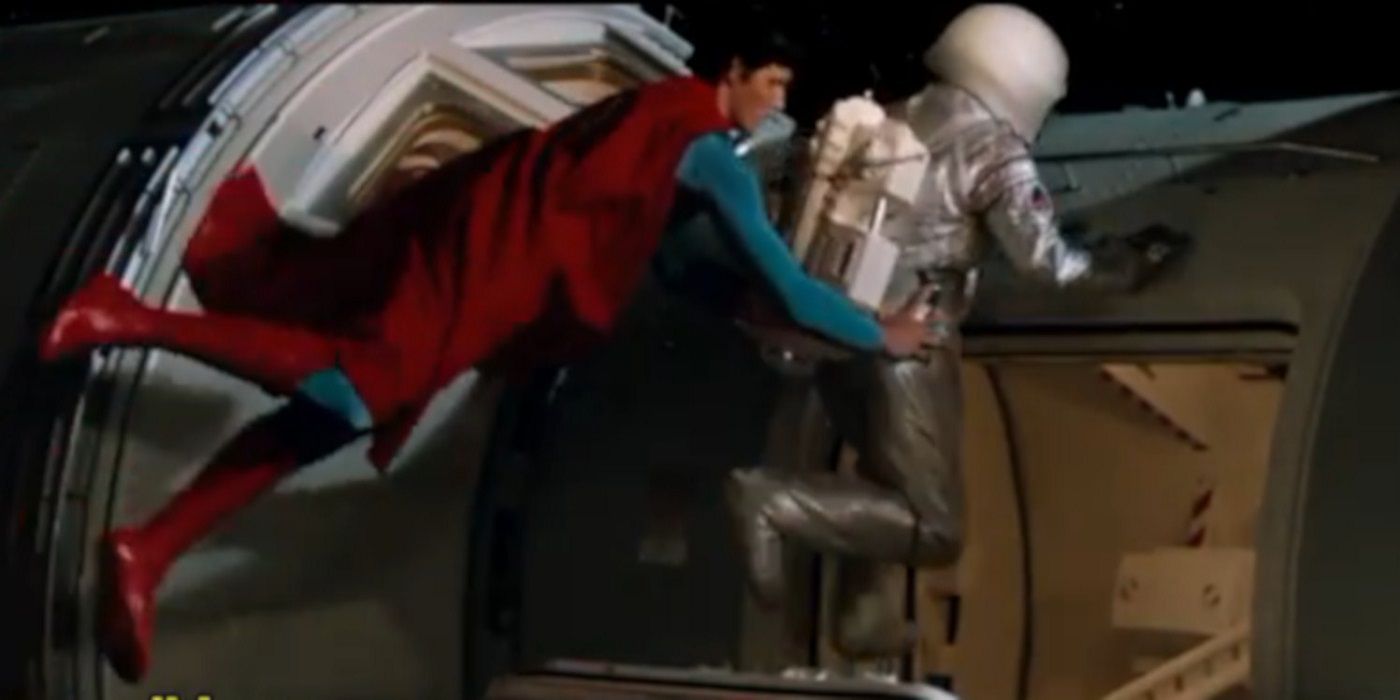
Let’s be perfectly frank: pretty much every single frame in Superman IV: The Quest for Peace screams “dated!”. This franchise-stalling turkey ticks off the entire list of 1980s tropes, from its explicitly Cold War setting right on through to its ham-fisted commentary on heartless corporations and casual lampooning of the fitness craze of the era.
If we had to pick one moment though, we’d settle on the opening scene, which sees the Man of Steel rescue an imperilled Russian cosmonaut in a display of non-partisan heroism. While it’s a well-meaning sequence that underscores Superman’s role as a global protector, considering the USSR would crumble a mere four years after the movie hit theatres, it illustrates how quickly Superman IV fell behind the times.
The Batcomputer’s Lag Issues
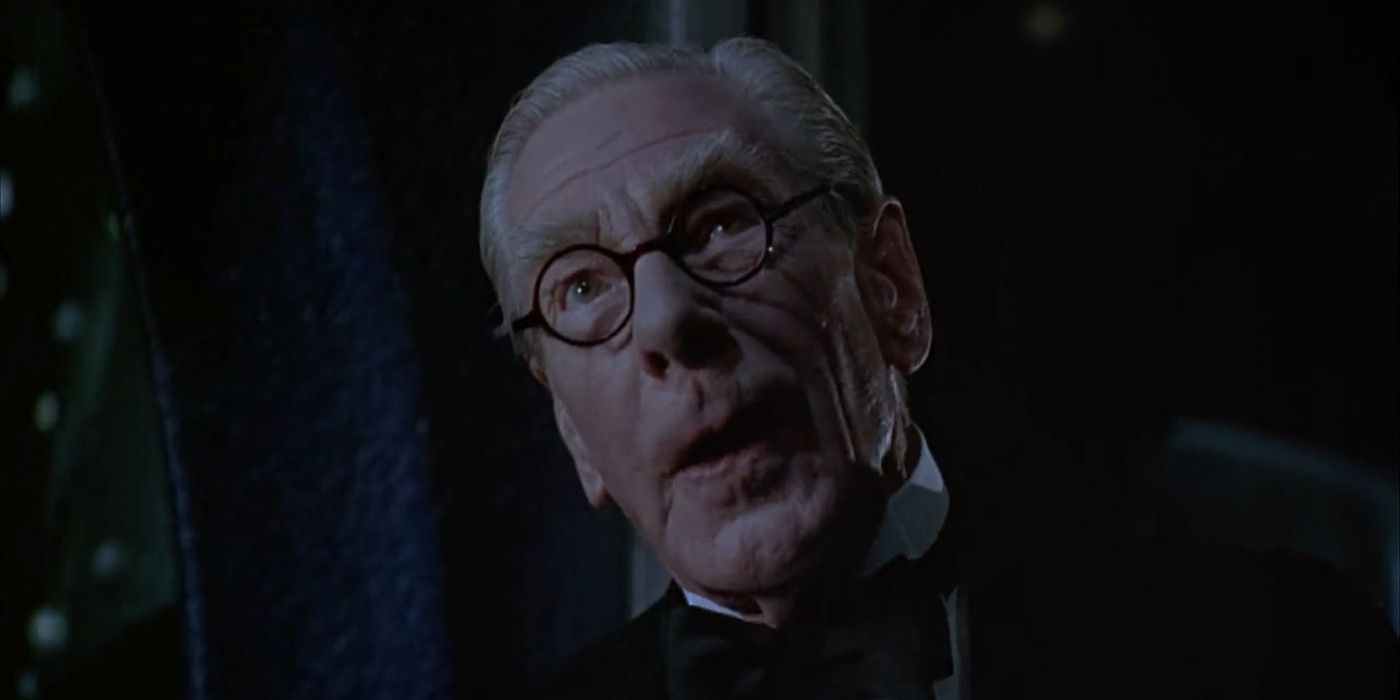
Batman & Robin is perhaps the most reviled superhero movie in history, and rightly so. Joel Schumacher’s follow up to Batman Forever doubles down on that film’s campy vibe, resulting in an uber-cheesy outing that was derided by fans and critics alike.
However, the film has more wrong with it than just its wildly misjudged tonal sensibilities – it’s also peppered with numerous outdated moments, too. Our favourite? The infrequent lag between the visual and audio output of the AI version of Alfred, which is clearly intended to emulate the rudimentary video chat technology available in 1997.
Pyro Tunes In To *NSYNC

With the release of X2, Bryan Singer pulled off a rare feat: he directed a comic book movie sequel that is widely regarded as being superior to the well-received original. That said, as we did in the earlier entry concerning the first X-Men, we’re going to take X2 to task for incorporating a reference that immediately undermines its not-too-distant future milieu.
We’re referring to the moment when Pyro flicks on the radio in Cyclops’ car, only for Wolverine to swiftly turn it off again after the chorus of *NSYNC’s “Bye, Bye, Bye” blares out of the speakers. Sure, it’s conceivable that this track could still be on the airwaves in X2’s near future setting – nevertheless, its inclusion highlights the flick’s mid-2000s roots, something a less recent tune wouldn’t have done.
Gus Gorman’s Supercomputer
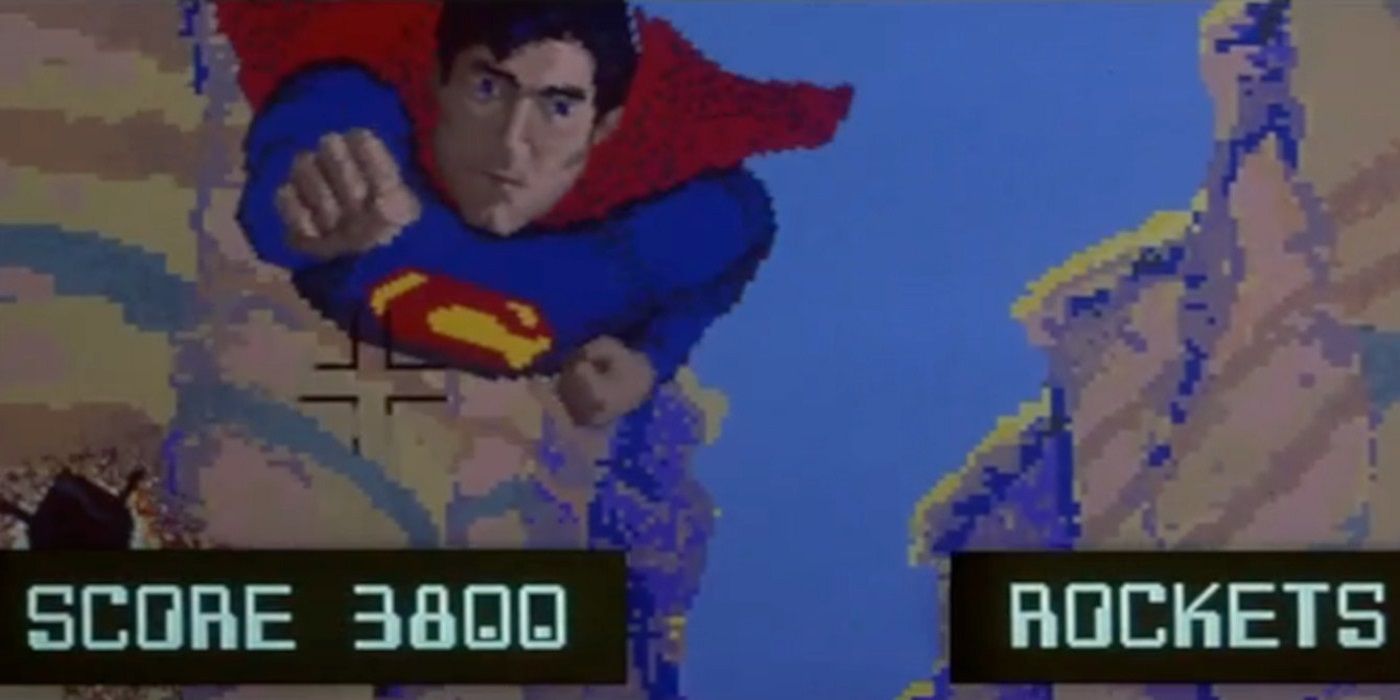
Few movies (comic book or otherwise) tend to handle computers particularly well – but Superman III really epitomises the 1980s screenwriting ethos that computers can do just about anything. This is especially hilarious when you take into account the primitive, bulky hardware on display in the movie, which stands in stark contrast to the vastly more advanced, sleek tech we have at our disposal today.
However, we wouldn’t consider this to be the most embarrassingly outdated aspect of Superman III. No, the real low point comes when baddie Ross Webster unleashes his supercomputer’s missile defences on the Man of Steel…and the whole sequence is rendered like an 8-bit video game (Atari even oversaw the graphics used). Can things possibly get more outdated than that? Not likely.




